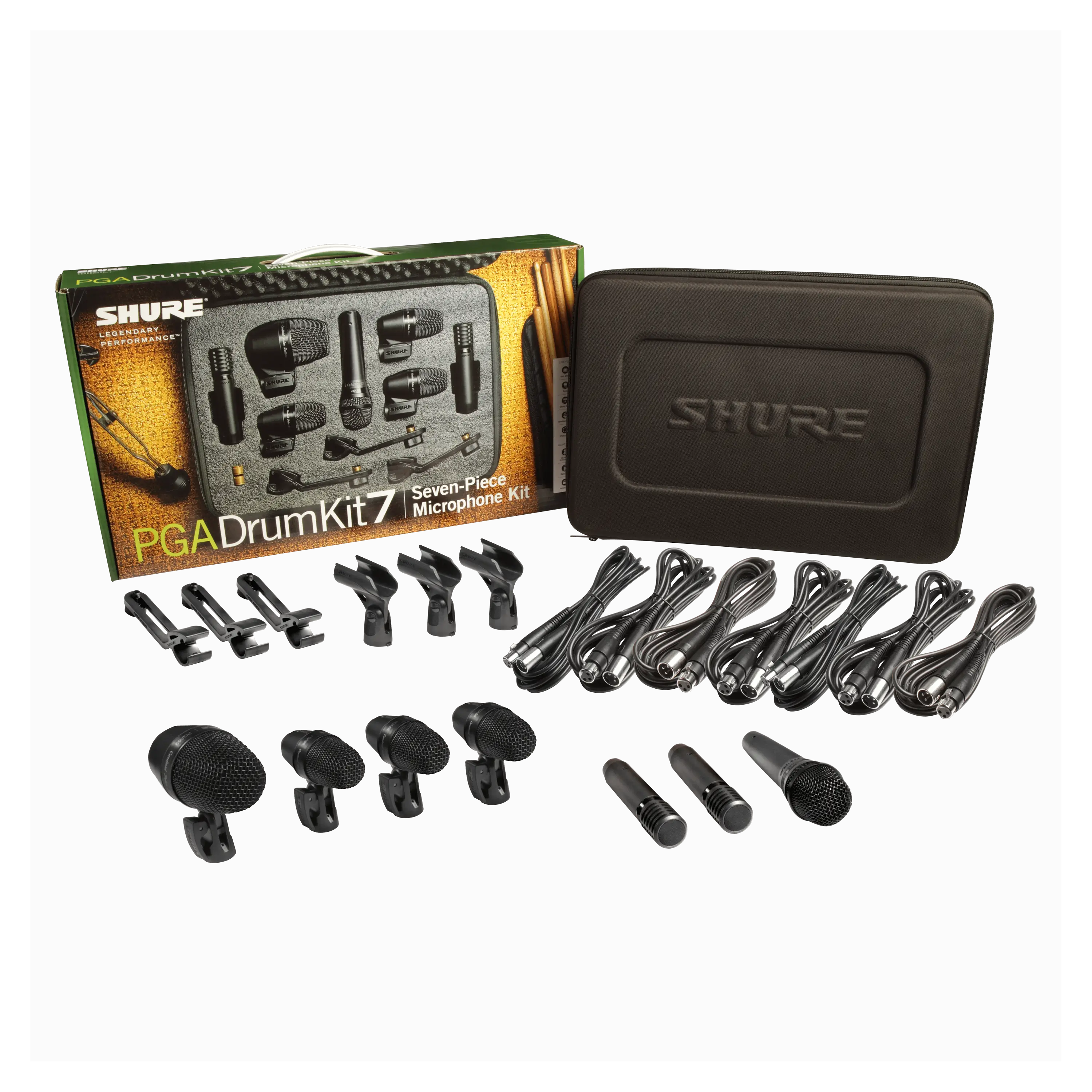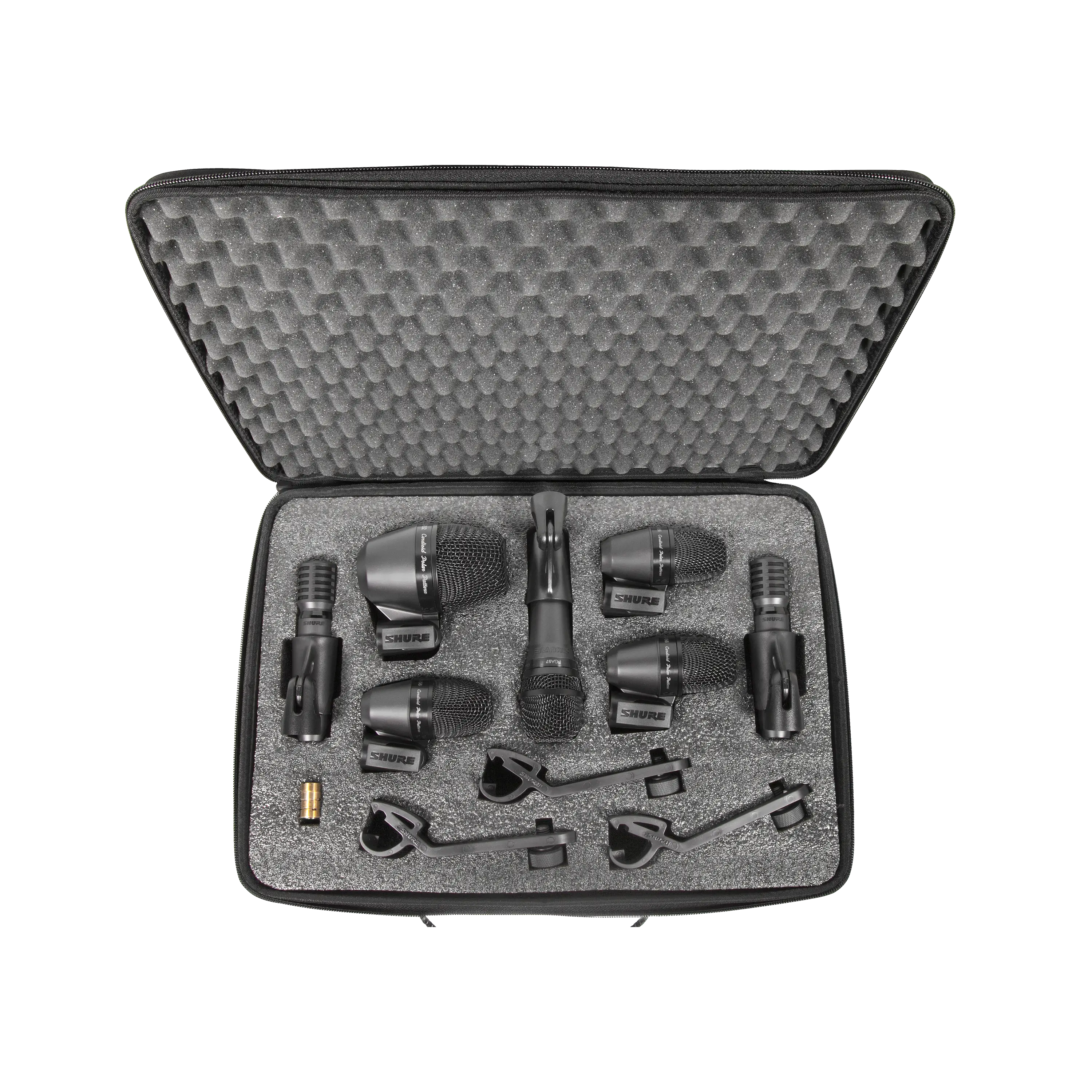15 Simple Tips for a Successful Band Rehearsal

It's 7:30 PM. You have the rehearsal space until 10. The keyboard player has car trouble and was supposed to pick up the lead vocalist on the way. Oh, and your regular lead guitarist isn't going to be available for next week's gig, and the set list isn't yet done.
Welcome to the real world of live performance.
In this post, we snared a panel of gigging musicians from the halls of Shure and beyond for their thoughts on making practice (let's make that rehearsal, but more about that in a minute) as perfect as possible. We compiled the following from their many suggestions.
1. Choose a Point Person
Is there a leader of the band? No matter how democratic you are, it's a good idea to make someone responsible for scheduling the rehearsals and communicating with band members. Appoint the person most comfortable with logistics.
2. Arrive on Time
Some delays are beyond your control, but give yourself enough travel time to be punctual. Respect the time of members who are carving out a chunk of their chill time after work or other obligations. Plus, rehearsal time is usually limited, especially if you're renting a rehearsal space. Another factor is the need to be considerate of residential or business neighbors who might not appreciate a lot of noise late at night.
3. Be Prepared

Remember music lessons when you were a kid? For some of us, the lesson was practice. It shouldn't be that way when you rehearse with your band, however. Unless you're writing new material together during your rehearsal time, band members should have practiced their parts in advance. That's the difference between band practice and band rehearsal. Practice is what you do on your own time. Rehearsal is what you do together.
4. Set Goals
As a band, decide in advance what you intend to accomplish during rehearsal. Fooling around and jamming may be a good way to warm up and relax, but it probably won't help you nail a tune, work out your set list, or fine-tune your stagecraft. Establishing goals ahead of time is a good way to keep things on track.
5. R-E-S-P-E-C-T
Be courteous to your band mates. Don't play a drum solo while the vocalist and background singers are trying to work out a harmony. Don't noodle on guitar while someone else is trying to make a point to the group. And unless you're using your mobile device to record rehearsal, pull up lyrics or chords, or play a song you're working on, put it aside. It's a distraction.
6. Leave Your Friends Behind
If they're not running sound or part of the act, they need to stay home. Also, sobriety rules. You won't play well if you can't see straight. Save the partying for after a successful gig.
7. Check Levels
Setting levels can help your rehearsal flow smoothly. Running every instrument through a live desk will give you control over the volume and individual levels in the mix. Try to keep the volume down as much as possible since you're probably rehearsing in a small space without much sound absorption. The neighbors — even in a professional rehearsal space — and your ears will thank you.
8. Get It Right
Rehearsal gives you the opportunity to do something you can't do in a live performance: go back and fix mistakes. Sure, it can be tedious to repeat the same twelve bars 20 times, but it's better to smooth out the rough spots in rehearsal than in front of an audience.
9. Take Breaks
Everybody needs one. Every hour, build in some time for snacks, beverages, bathroom breaks and yes, checking cell phones.
10. Walk the Talk
Engaging the audience requires more than musical chops and a tight set. While some artists can get away with largely ignoring their audience, most artists need to build their fan base by connecting with the audience, whether it's patter when introducing a song or interplay between band members. Also, keep it fresh by introducing new material from time to time. Don't play the same set at every gig, especially if you play often at the same place.
11. Rehearse for a Live Audience
Once you've nailed your set list, set up like you would for a live performance, with band members facing the audience instead of each other. Especially if your upcoming gig stage is small, you'll want to make sure you arrange yourselves with enough room for band members to navigate the stage and perfect their killer stage moves.
12. Record It

A live recording of your practice is a great way to evaluate your progress. An audio recording will do, but video-recording your rehearsal will help you fine-tune your stage presence as well as capture how you sound. A rig as simple as your iPhone and an iOS microphone like the MOTIV™ MV88 can yield near-pro quality results.
13. Review It
Before everyone leaves, watch or listen to the recording, and get everyone's thoughts and suggestions. Take notes. It will give you a great starting point for your next rehearsal.
14. Practice Setting Up and Tearing Down
Rehearsal is a great time to work on how long it takes to get on and off stage. If you're opening for another act or the band is on a multi-act bill, it's important that you be able to load in and load out quickly so as not to intrude on anyone else's set time.
15. Plan Your Next Rehearsal
There's no hard and fast rule for how often bands should rehearse. For most bands, a three-hour rehearsal once a week is probably ideal. Have band mates agree on what you're going to work on the next time you get together. That way, everyone can be prepared.
Take time in rehearsal to plot these moments out on your set list and assign who will be speaking. It doesn't have to be completely scripted, but have an idea of what you're going to talk about when and rehearse it when running your set.
And of course, invest in the best gear you can afford.

Shure PG ALTA™ Microphones are available in lots of form factors and give you professional sound for rehearsal, performance, and recording at a price that won't break your band's bank.
Vocals

PGA48 Cardioid Dynamic Vocal Microphone

PGA58 Cardioid Dynamic Vocal Microphone
Instruments

PGA57 Cardioid Dynamic Instrument Microphone

PGA98H Cardioid Condenser Instrument Microphone
Drums

PGA52 Cardioid Dynamic Kick Drum Microphone

PGA56 Cardioid Dynamic Snare / Tom Microphone

PGA98D Cardioid Condenser Drum Microphone
Drum Kits

PGADRUMKIT5 Drum Microphone Kit

PGADRUMKIT7 Drum Microphone Kit
Visit your favorite music retailer or check out the PG ALTA line and pricing here.



